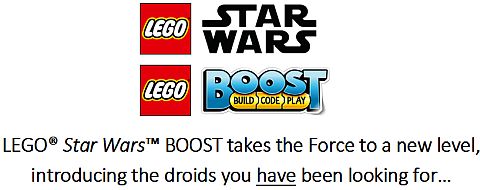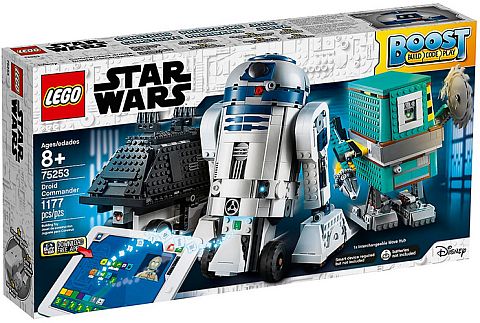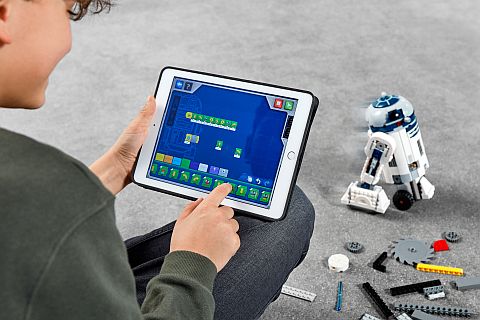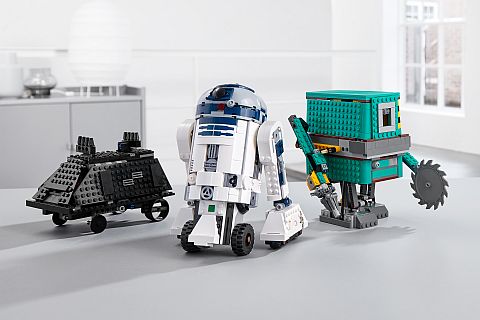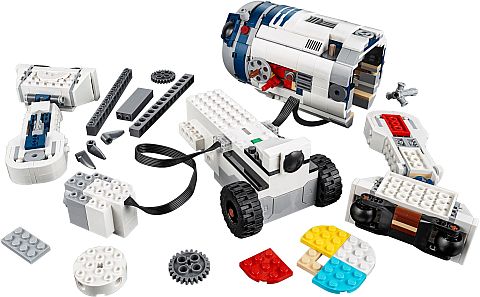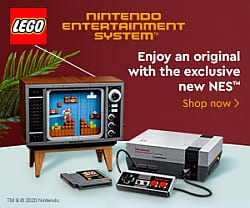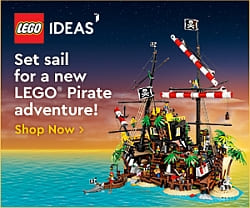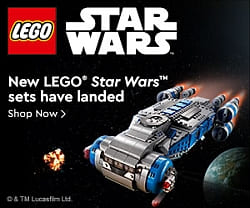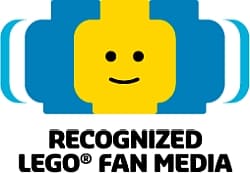The LEGO Overwatch theme debuted earlier this year with six sets. Plus, we also got the #75987 LEGO Overwatch Omnic Bastion set that was only available directly from Blizzard Entertainment. The collection was well received overall with most of the sets praised for their design and play-features. And, it looks like the best is yet to come! Two new LEGO Overwatch sets were revealed a few days ago, both of them exceptionally creative and well designed. Below are the description, pictures, and some other info on the upcoming sets.

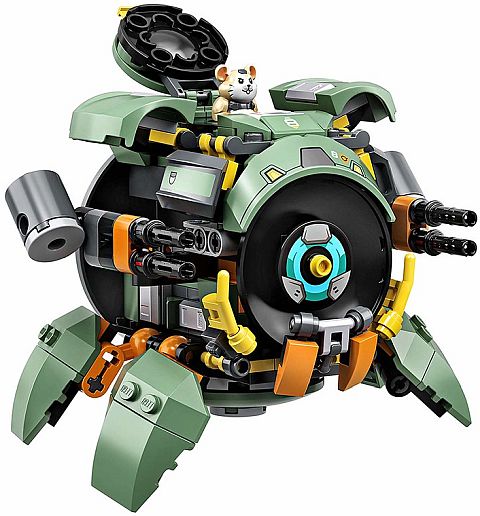
➡ #75976 LEGO OVERWATCH WRECKING BALL: Mech builders are already excitedly talking about this set! The transforming features, interesting pieces, color combination, play-features, and the adorable hamster operator all make this set irresistible! Here is the official description: Immerse your favorite Overwatch fan in epic missions with this #75976 LEGO Overwatch Wrecking Ball set. Based on the internationally acclaimed team-based action game, this Overwatch set transforms from an ironclad battle mech to a high-speed ball. A fan favorite, Wrecking Ball is piloted by Hammond, a resourceful hamster who pops up from the cockpit just like in the game. With Quad Cannons and four extractable limbs that fold out when transforming into the mech, youngsters will love playing with this instantly recognizable model and Overwatch character. Older fans will be excited to show their passion for Overwatch by displaying the set near their gaming setup for all their friends to see. Wrecking Ball measures over 4” (11cm) high, 4” (11cm) long and 5” (13cm) wide. Includes Hammond hamster figure that can pop up from the cockpit by turning a handle for added fun. 227 pieces. Price: $19.99 – Available October 1st at the LEGO Overwatch section of the Online LEGO Shop
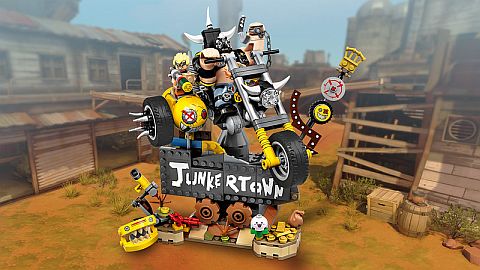
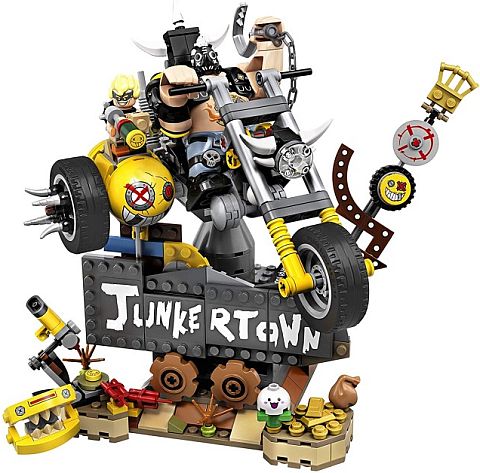
➡ #75977 LEGO OVERWATCH JUNKRAT & ROADHOG: This is another incredibly well designed set with features that can be appreciated by even those who aren’t familiar with the game. An apocalyptic chopper bike? Sure, bring it on! Here is the official description of the set: Now your favorite Overwatch fan can build a part of Junkertown out of LEGO bricks with the #75977 LEGO Overwatch Junkrat & Roadhog set. Based on the internationally acclaimed team-based action game, this Overwatch set recreates the apocalyptic atmosphere of Junkertown, a highly popular Overwatch map. This playset features the iconic crime duo from Overwatch: Roadhog and Junkrat. Roadhog comes as a large, highly-detailed BigFig with his Chain Hook and Scrap Gun. The minifigure Junkrat has his iconic peg-leg and Frag Launcher. Fans and kids alike will love the authentic character details, the yellow chopper bike, and display diorama inspired by the Junkertown map. Measures over 8” (21cm) high, 8” (22cm) wide and 4” (12cm) long. 380 pieces. Price: $49.99 – Available October 1st at the LEGO Overwatch section of the Online LEGO Shop

Please note that the Junkertown map is not yet available in game, but will be revealed at the Blizzard Entertainment booth at San Diego Comic-Con (July 18-21). Also, the LEGO Group will be sponsoring the Twitch Rivals Overwatch Tournament on July 25th. In case you are not familiar with it, Twitch is a live streaming video platform primarily focused on video game streaming, and it also hosts competitive events for Twitch streamers and viewers. Prizes and other details for the upcoming tournament will be shared later. You can check the Twitch Overwatch League page for updates.

If you haven’t done so already, you might also want to take a look at the currently available LEGO Overwatch sets. Whether you are a fan of the game, you like to build mechs, or stock up on interesting pieces and unique minifigures, there is something for you in the LEGO Overwatch collection. I’m a big fan of both the regular and exclusive versions of Bastion. A couple of other great sets are the #75970 LEGO Overwatch Tracer vs. Widowmaker, which can be combined with the #75975 LEGO Overwatch Watchpoint Giblartar set. And the #75973 LEGO Overwatch D.Va & Reinhardt set is great for mech builders! You can find all the sets at the LEGO Overwatch section of the Online LEGO Shop.

If you are looking for a discount, another great place to look for the LEGO Overwatch sets is Amazon, where they are regularly listed at lowered prices. Prices fluctuate frequently, but at the time of this writing, they are listed at 20% off. See: LEGO OVERWATCH SETS ON AMAZON
What do you think? How do you like the LEGO Overwatch sets? Do you have any of them already? Which one is your favorite? And how do you like the two upcoming sets? Feel free to share and discuss in the comment section below!
And you might also like to check out the following related posts:



